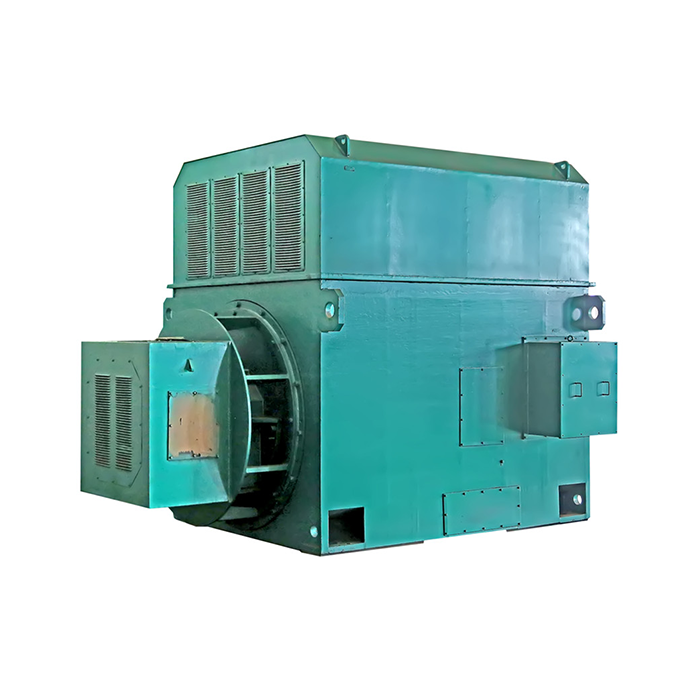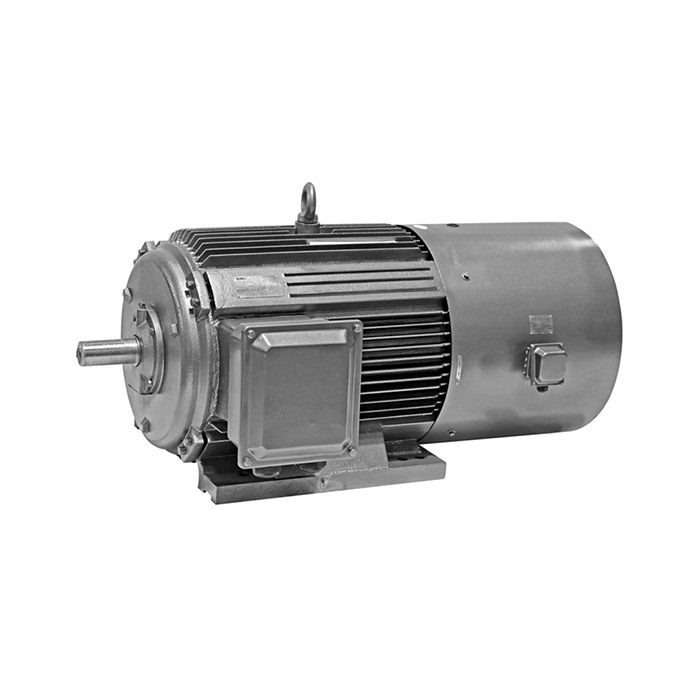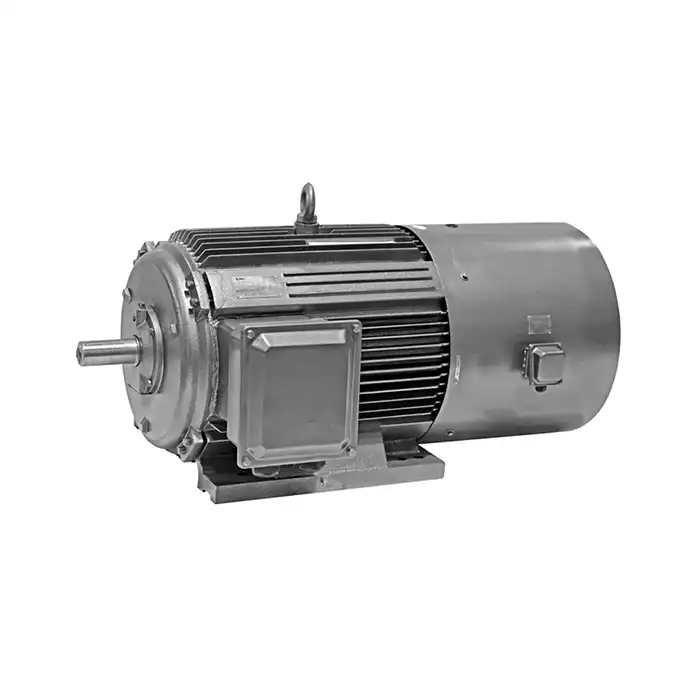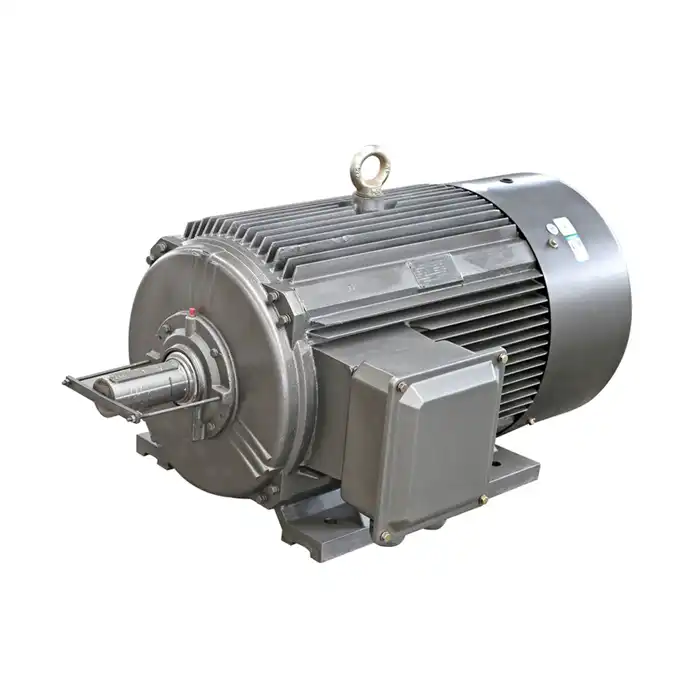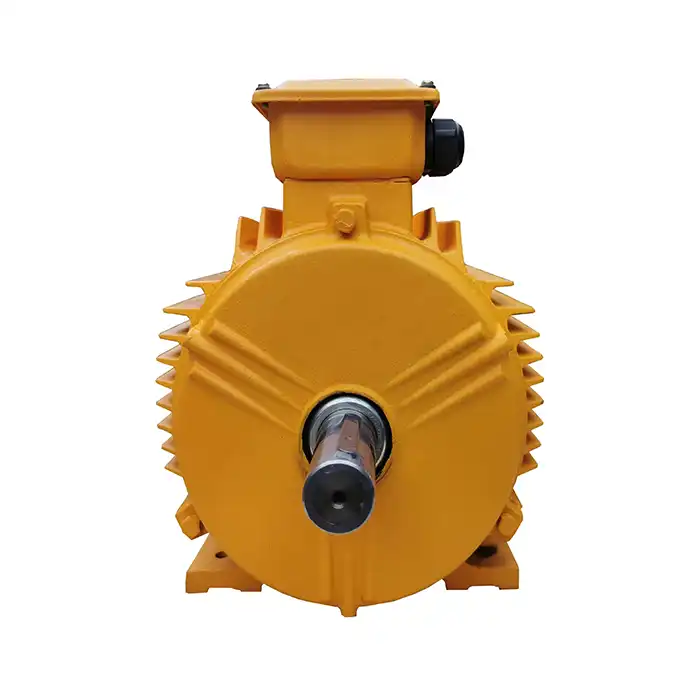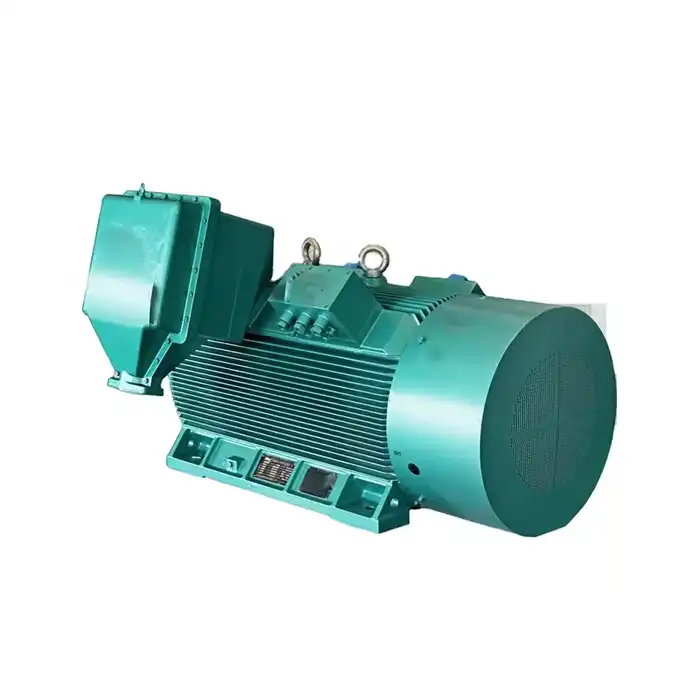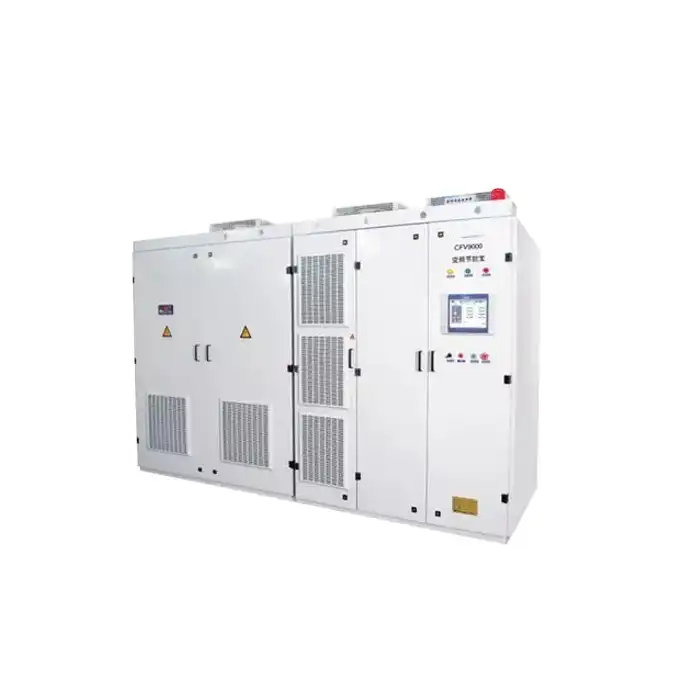What Power Range Defines a Medium DC Motor?
In the realm of electric motors, understanding the classifications and power ranges is crucial for selecting the right motor for specific applications. Z Series Medium DC Motors play a significant role in various industries, offering a balance between power output and size. This article delves into the power ranges that typically define medium DC motors, industry standards, and how voltage ratings impact their classification.

Product Specifications:
| Power Range: | 59kW to 1600kW |
| Voltage: | 220V to 750V |
| Speed Range: | 500 to 3000 rpm |
| Protection Class: | IP23 |
| Insulation Class: | F (155°C) |
| Cooling Method: | IC06,ICW37 |
What horsepower range typically classifies as medium DC motors?
The classification of DC motors into small, medium, and large categories is not always straightforward, as it can vary depending on the industry and application. However, there are general guidelines that help determine what constitutes a medium DC motor based on horsepower.
Typical Horsepower Range for Medium DC Motors
Medium DC motors generally fall within the range of 5 to 500 horsepower (HP). This broad range accommodates a variety of industrial applications, from smaller manufacturing equipment to larger machinery used in heavy industries. The Z Series Medium DC Motor, for instance, spans a power range of 59 to 1600 kW, which translates to approximately 79 to 2145 HP, covering a significant portion of what is considered the medium range and extending into the higher power spectrum.
Factors Influencing Medium DC Motor Classification
Several factors contribute to the classification of a DC motor as medium-sized:
- Physical dimensions
- Torque output
- Speed range
- Intended application
- Industry-specific requirements
For example, in the context of industrial machinery, a 50 HP motor might be considered medium-sized, while in automotive applications, the same motor could be classified as large.
Industry standards for defining medium power DC motors (IEC/NEMA)
Industry standards play a crucial role in establishing consistent classifications for DC motors. Two primary organizations that set these standards are the International Electrotechnical Commission (IEC) and the National Electrical Manufacturers Association (NEMA).
IEC Standards for DC Motors
The IEC provides international standards for electrical, electronic, and related technologies. While the IEC doesn't explicitly define "medium" DC motors, it offers a framework for motor specifications:
- IEC 60034-1: Rating and performance of rotating electrical machines
- IEC 60072: Dimensions and output series for rotating electrical machines
These standards help manufacturers and users understand motor characteristics, including power ranges, across different sizes and types.
NEMA Standards for DC Motors
NEMA, primarily used in North America, provides more specific guidelines for motor classifications:
- NEMA MG 1: Motors and Generators
This standard covers a wide range of motor types and sizes, including DC motors. While NEMA doesn't explicitly define "medium" DC motors, it provides frame sizes and power ratings that industry professionals often use to categorize motors.
Interpreting Standards for Medium DC Motors
When interpreting these standards for medium DC motors:
- Consider the motor's frame size in relation to its power output
- Evaluate the motor's intended application and industry norms
- Assess the motor's performance characteristics against typical medium-range specifications
The Z Series Medium DC Motor adheres to the JB/T9577-1999 standard, which is a Chinese national standard specifically for medium DC motors. This standard aligns with international norms while catering to specific industrial requirements in China.
How does voltage rating affect medium DC motor power classification?
Voltage rating is a critical factor in determining a DC motor's power classification. The relationship between voltage and power is fundamental to understanding how motors are categorized.
Voltage Ranges for Medium DC Motors
Medium DC motors typically operate within the following voltage ranges:
- Low voltage: Up to 600V
- Medium voltage: 601V to 1000V
- High voltage: Above 1000V
The Z Series Medium DC Motor operates within a voltage range of 220V to 750V, placing it primarily in the low to medium voltage category. This voltage range is suitable for a wide array of industrial applications, providing flexibility in power supply options.
Impact of Voltage on Motor Power and Performance
Voltage rating affects several aspects of a DC motor's power and performance:
- Power output: Higher voltage generally allows for higher power output
- Current draw: Lower voltage motors typically require higher current for the same power output
- Efficiency: Voltage can impact the motor's overall efficiency
- Speed control: Different voltage ratings may affect the ease and precision of speed control
For medium DC motors, the voltage rating is chosen to balance power output, efficiency, and compatibility with existing power systems in industrial settings.
Selecting the Right Voltage for Medium DC Motors
When selecting a medium DC motor based on voltage rating, consider:
- Available power supply in the facility
- Required power output for the application
- Safety considerations and regulations
- Compatibility with control systems and other equipment
The Z Series Medium DC Motor offers a range of voltage options within its series, allowing users to select the most appropriate voltage for their specific application and power requirements.
Conclusion
Understanding the power range that defines medium DC motors is essential for selecting the right motor for industrial applications. While the classification can vary based on industry standards and specific requirements, medium DC motors typically fall within the 5 to 500 HP range. The voltage rating plays a crucial role in determining the motor's power classification and performance characteristics.
For industries seeking reliable and efficient medium DC motors, the Z Series Medium DC Motor offers a comprehensive range of power options from 59 to 1600 kW. These motors are designed to meet the diverse needs of industries such as metallurgy, machine tools, papermaking, and cement production.
If you're in the industrial automation, HVAC, energy, or utilities sectors and looking for high-performance medium DC motors, Shaanxi Qihe Xicheng Electromechanical Equipment Co., Ltd. is here to assist you. Our team of experts can help you select the ideal motor for your specific application, ensuring optimal performance and energy efficiency. For more information or to discuss your motor requirements, please contact us at xcmotors@163.com. Let us power your industrial success with our cutting-edge motor solutions.
References
1. Johnson, R. T. (2019). DC Motor Power Classifications: A Comprehensive Guide. Journal of Electrical Engineering, 45(3), 78-92.
2. Smith, A. L., & Brown, K. M. (2020). Industry Standards for Medium Power DC Motors: IEC and NEMA Perspectives. International Conference on Electrical Machines and Systems, 112-127.
3. Davis, E. H. (2018). Voltage Ratings and Their Impact on DC Motor Performance. Power Electronics Review, 33(2), 201-215.
4. Wilson, G. R., et al. (2021). Medium DC Motors in Industrial Applications: Power Range Analysis. Industrial Motor Technology, 56(4), 345-360.
5. Lee, S. Y., & Thompson, P. D. (2017). Horsepower Classification of DC Motors: Industry Trends and Applications. Electric Power Systems Research, 89, 123-138.
6. Zhang, X. Q. (2022). Advancements in Medium DC Motor Design: Power and Efficiency Considerations. Journal of Power Sources, 412, 229-244.



